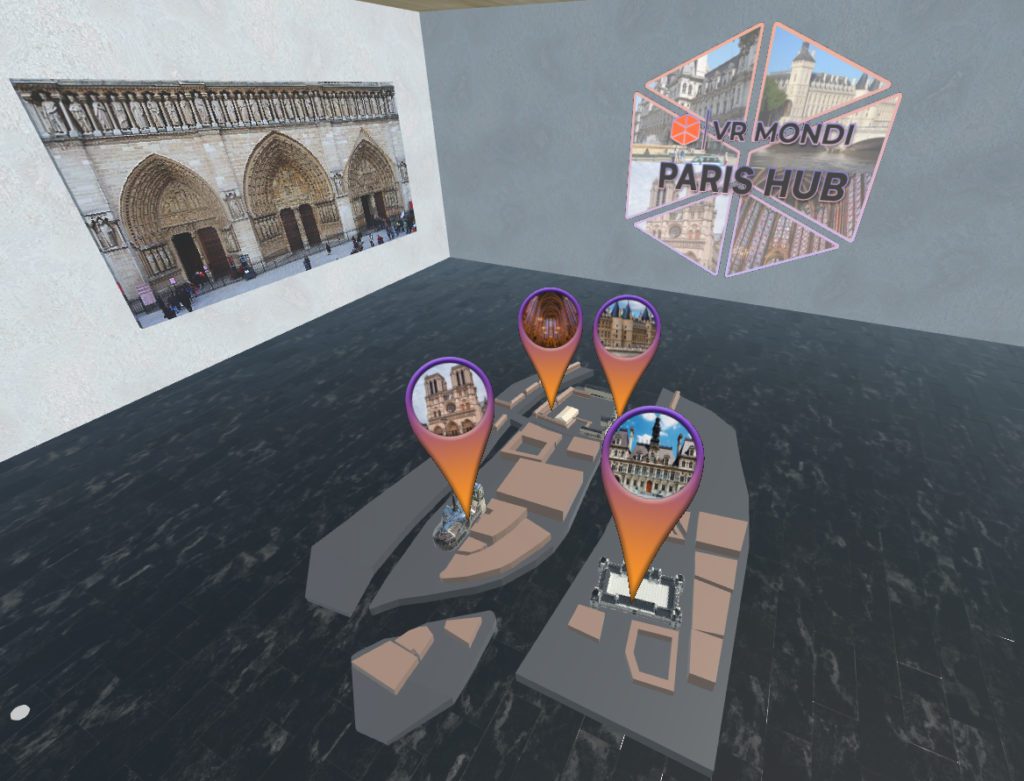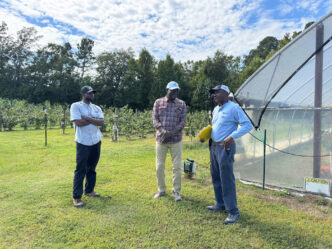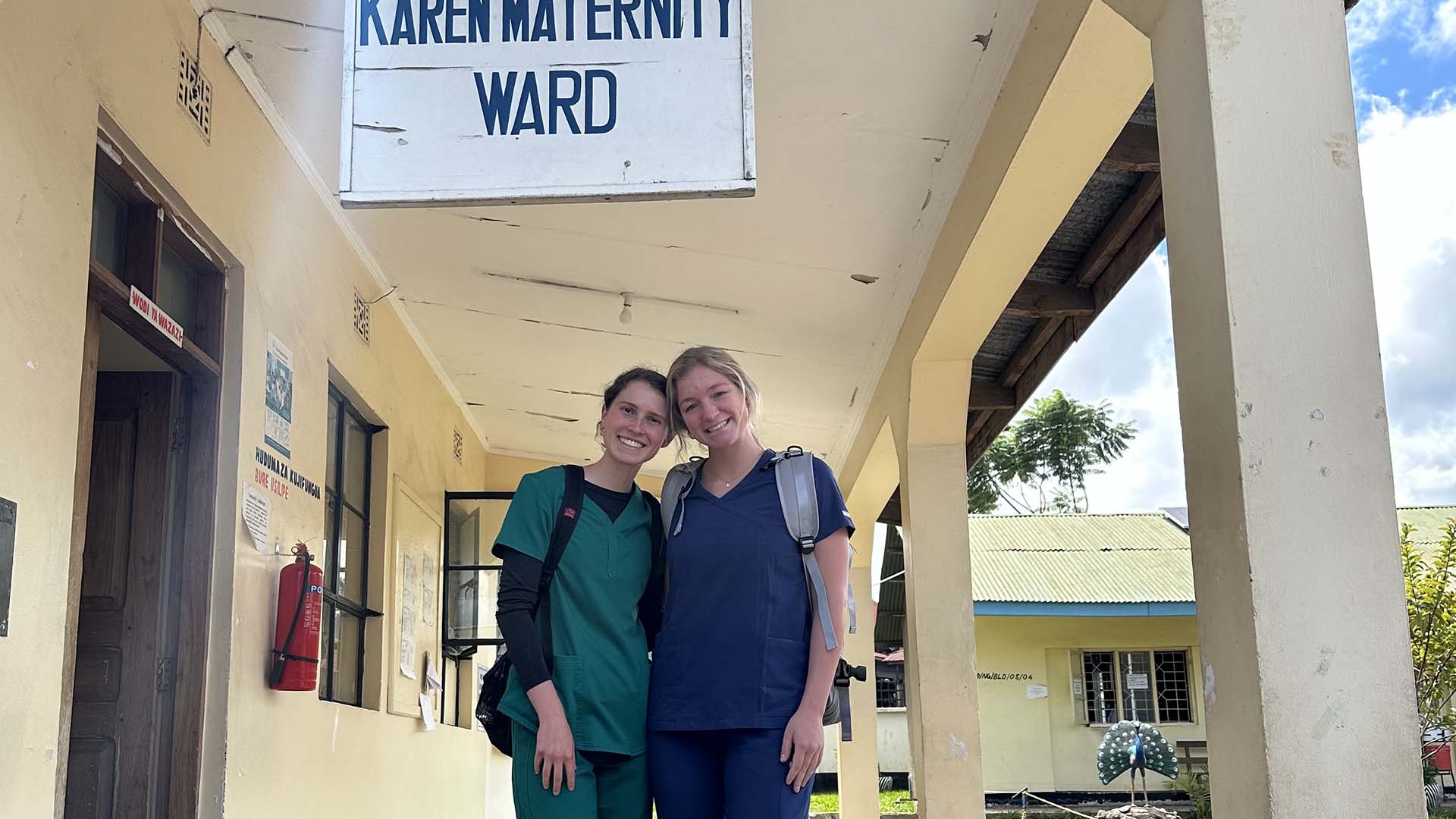March 2, 2020, forever changed global engagement at Clemson University. Before borders started closing, before flights became grounded, before resources were limited due to a rising global pandemic — that was the day University leaders decided to bring students studying across the world back home and started developing plans to continue with the international aspect of their educations.
As the University shifted from study abroad to recall, and ultimately sheltering in place, it halted travel, fieldwork and immersion opportunities that are often hallmarks of global learning. For those in the Office of Global Engagement, this provided an opportunity to focus on course and technology innovations and develop new models for global learning for students, including a new initiative to serve students without access to those traditional mobility programs.
“Historically, up until 2020, anytime someone thought of global learning, they thought immediately of study abroad,” said Kyle Anderson, senior director of global engagement in the Office of Global Engagement. “At Clemson, study abroad students average between 10 and 14 percent of the student population, so there is a huge part of the student body with limited access to those immersive global experiences. With the emergency brake pulled on study abroad, our office knew this was a great time to think of models that could increase access to global learning.”
As the need to rethink global learning emerged, the Office of Global Engagement asked partners across the University to help them provide students with enrichment programs. Several interdisciplinary projects emerged, all with one thing in common — virtual experiences that would encourage cross-cultural understanding and collaboration, preparing students to work with multinational teams and a diverse workforce.
From concept to reality — virtual reality
From Anderson’s first day in the office, he wanted to expand the virtual pathways and technologies where global learning could occur — a place where students could learn about wide-reaching issues and meet with peers around the world. COVID-19 accelerated this mission. If students couldn’t physically study in another country, why not allow them to be immersed virtually?
“As someone in our office who’s always trying to find new ways to continue to deliver global learning for our students, it was obvious to me that we should focus on virtual pathways,” said Anderson.
With a focus on growing intercultural competencies through virtual exchange — where people from different places meet each other and work on joint projects and assignments — Anderson, his faculty colleagues, interdisciplinary partners at the Watt Family Innovation Center and Sonoco Institute, and a student team began developing VR Mondi — a tool that allows students to visit international cultural environments that have been replicated in 3D and interact with people from around the globe.

The purpose of the VR Mondi program increases student access to global learning and enhances engagement while helping develop overall digital literacy for the workplaces of the future. It reduces barriers between global peers, allowing them to share intercultural knowledge while furthering diversity of thought and practice. It improves language skills and communication and strengthens transnational partnerships, preparing students to work on international teams.
The team never imagined the project would win a 2020 Innovision Award for education only months after the first prototype of the Blas Pascal, Argentina environment was designed. While this program was in development, another team worked quickly to create an opportunity that would allow students to return abroad at a more appropriate time.
Teaching English and talking about it
As students were returning from their study abroad programs early, Jen Brondell, director of English Language Programs, and colleagues began developing a 120-hour Teaching English as a Foreign Language Certificate (TEFL), using standards set out by TESOL International. These standards combine 100 hours of dedicated virtual coursework with 20 hours of observations, in person or online, along with teaching.
“We wanted to be able to help students return abroad at another time. We also thought there was a space for us to deliver hope in the face of the disappointment, anger and sadness felt by those students who were pulled out of a much-anticipated experience,” said Brondell.

After students finish the 100 hours of coursework, they practice teaching. Students have observed classes or taught as close as Greenville, South Carolina, and as far away as Japan, Argentina, Egypt and the Ivory Coast. The contacts they make through this practicum help build their network and create future job opportunities.
Teaching English is a big industry with jobs in nearly every imaginable country. Graduates of Clemson’s certificate program are now working in France, Korea, Poland and Spain. In fact, three students who were recalled from their study abroad in Spain are there now teaching English.
Additionally, some students who received their certificate as sophomores or juniors are serving as conversation partners supporting teaching assistants who use English as an additional language. They meet weekly for an hour to chat and learn from each other — from undergrad to graduate student and from one country and language to another.
“This all came from COVID,” said Brondell. “If it hadn’t been for COVID, maybe the TEFL program wouldn’t have taken off. If it hadn’t been for the TEFL program, our teaching assistants wouldn’t have interested and trained conversation partners.”
Expanding existing opportunities
Some programs developed as a result of COVID-19, and some grew because of it. The Clemson International Virtual Exchange program (IVE) existed and was gaining in popularity before COVID-19 hit. However, the pandemic made virtual exchanges more commonplace across the University.
The IVE program, which pairs up classrooms across borders, allows students to work collaboratively for a common goal or to solve global challenges. In summer 2021, Tim Guggisberg, clinical assistant professor, and Rodrigo Martinez-Duarte, associate professor of mechanical engineering in the College of Engineering, Computing and Applied Sciences, had student teams from Clemson University and University of Guanajuato in Mexico working together in collaboration with Michelin North America and Michelin Mexico to tackle a problem common to specific Michelin plants around Clemson and in Mexico.to specific plants of Michelin around Clemson and in Mexico.
“This semester, Fall 2021, I’m running an IVE project in one of my classes with a separate university in Mexico, ITESO Guadalajara, and asked the students from both institutions if they feel prepared to participate in an IVE project. To my happy surprise, most of them mentioned that they have been working remotely with colleagues in Germany, Mexico, Spain and other parts of the world during their internships and co-ops already,” said Martinez-Duarte. “This has been an eye-opener because a couple of years ago the message was more about convincing the students of the importance of IVE and being globally prepared. To our current students, it is now obvious that this is important, and most of them take it as the standard in engineering. This is a game-changer on how to best deliver our curriculum.”
Several other IVE projects are happening at this time across campus, including with institutions in Guatemala, Serbia, Tanzania, Palestine, Germany and Japan. There is an increased focus on integrating more IVE into existing curricula and increasing the value of such experiences. IVE is also positioned to be an important part of Clemson’s newly revised curriculum. In the fall of 2020, the Department of Education awarded a grant to work on IVE in the context of Engineering+Language with a pilot of Engineering + German.
Into a virtual world
Other global learning projects include students from the College of Science remotely partnering on global health missions in Latin America and Southeast Asia and students in the Wilbur O. and Ann Powers College of Business participating in virtual internships in Ireland, Spain and Argentina, while taking international business courses virtually through IESEG School of Management in Paris, France.
“We can’t take for granted that digital interaction is going to be the same as if we’re there in person. It’s going to be different. People are going to learn in different ways,” said Anderson. “So, the focus is about how many bridges we can build and how we can add to the environment with time and technology.”
Whether the Clemson University Global Engagement Office is working with the Clemson University Honors College, the Department of Political Science in the College of Behavioral, Social and Health Sciences,the Interdisciplinary Programs in the College of Architecture, Arts and Humanities, or others, what started with a student recall due to the pandemic has turned into new programming, enriched experiences and greater student accessibility for students.
With unique programming and dedicated staff and faculty members, Clemson University responded with more than an “out-of-the-box” attitude. It was more like out of this world, into a virtual one.
“All this will ensure Clemson graduates are globally competitive and that a Clemson diploma means they already have a significant head start in their ability to thrive in international teams,” said Martinez-Duarte.







